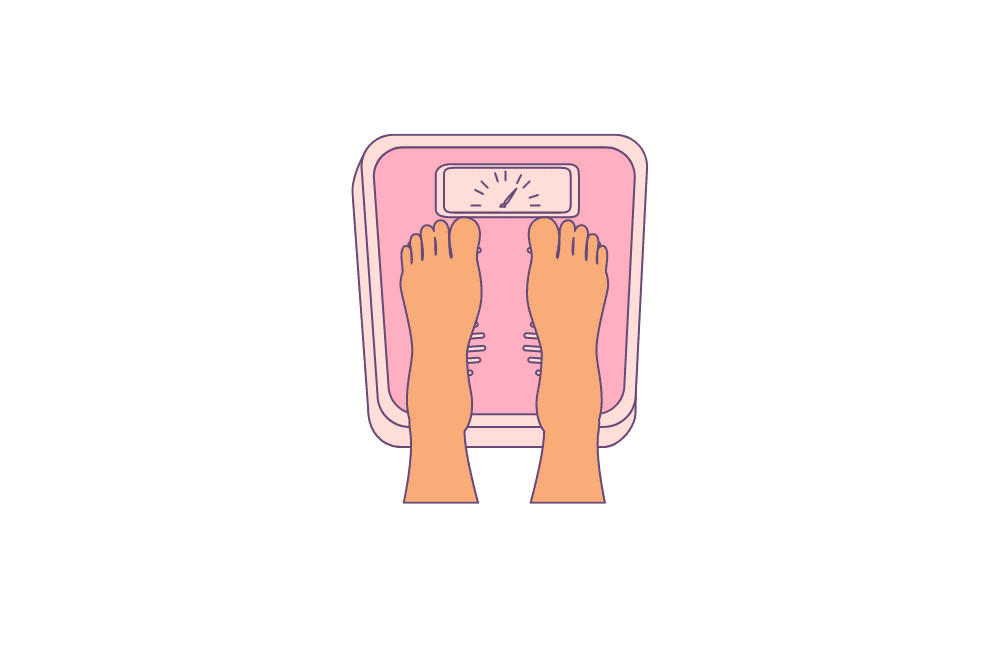Let’s chat about something important but often overlooked: Toxic Shock Syndrome (TSS). It’s rare, but understanding it could make a big difference in your health. So, grab a cup of tea, get comfy, and let’s dive into what TSS is all about.
What is Toxic Shock Syndrome?
Toxic Shock Syndrome sounds scary, and while it is serious, it’s also very rare. TSS is caused by certain types of bacteria that can release harmful toxins into your body.¹ It’s not something you can catch from someone else, but it’s something we all need to be aware of.
Spotting the Symptoms of Toxic Shock Syndrome
First things first, knowing the symptoms is key. TSS can sneak up on you, so here’s what to watch for:
- High Fever: We’re talking 40°C or higher.
- Vomiting and Diarrhoea: Not just a little upset tummy, but severe symptoms.
- Dizziness and Low Blood Pressure: You might feel faint or lightheaded.
- Muscle Aches: Your body could feel like you’ve run a marathon.
- Confusion: Feeling a bit out of it.
- Rash: A red rash that looks like sunburn, often on your hands and feet.¹
If these symptoms occur, get to the nearest hospital or call triple zero (000) for an ambulance.
The Bacterial Culprits Behind TSS
Now, let’s talk bacteria. The usual suspects are Staphylococcus aureus (staph) and Streptococcus pyogenes (strep).¹ These guys can hang out on your skin, in your nose, and other body parts without causing harm. But sometimes, they produce a toxin that leads to TSS.
Common Triggers
Certain situations can increase the risk of TSS, like:
- Menstrual Products: Tampons, menstrual cups, and diaphragms.
- Infected Wounds: Cuts, surgical wounds, and burns.
- Childbirth: Both vaginal births and C-sections can be a trigger.
How to Prevent Toxic Shock Syndrome
Prevention is better than cure, right? Here are some simple steps to reduce your risk:
Period Hygiene
- Hand Washing: Always wash your hands before and after handling tampons or menstrual cups.
- Regular Changes: Change tampons every 4 to 8 hours.
- Alternate Products: Switch between tampons and pads during your period.
- Night Time Care: Use pads at night instead of tampons.
- Single Use: Never use more than one tampon at a time.
- End of Period Check: Make sure to remove the last tampon at the end of your period.
General Hygiene
- Hand Hygiene: Wash your hands regularly.
- Wound Care: Keep an eye on cuts and burns. Clean and cover them properly.
- Watch for Infections: Look out for signs like redness, swelling, or unusual pain.
When to See a Doctor
Toxic Shock Syndrome symptoms can develop quickly, so don’t wait around. If you’re feeling off and notice any of the symptoms, it’s time to see a doctor. Early diagnosis and treatment are vital.
Getting Diagnosed
Your doctor will ask about your symptoms and health history, then perform tests like blood tests, throat swabs, and chest x-rays to figure out what’s going on.
How is Toxic Shock Syndrome Treated?
Treatment happens in the hospital and usually involves:
- Antibiotics: To tackle the infection.
- Fluids: To keep you hydrated.
- Medication: To stabilise your blood pressure.
- Oxygen: If you’re struggling to breathe.
- Intensive Care: For severe cases, you might need more intensive support.¹
Early treatment typically leads to a full recovery.
Living with TSS: Complications and Risks
Having TSS once increases your chances of getting it again, so staying informed and vigilant is essential.
Take Action: Spread the Word!
Now that you know the ins and outs of TSS, share this knowledge. Let’s keep ourselves and our friends safe by spreading the word about Toxic Shock Syndrome. Awareness is the first step to prevention.
Source
- Toxic shock syndrome [Internet]. Healthdirect.gov.au. Healthdirect Australia; 2019. Available from: https://www.healthdirect.gov.au/toxic-shock-syndrome





